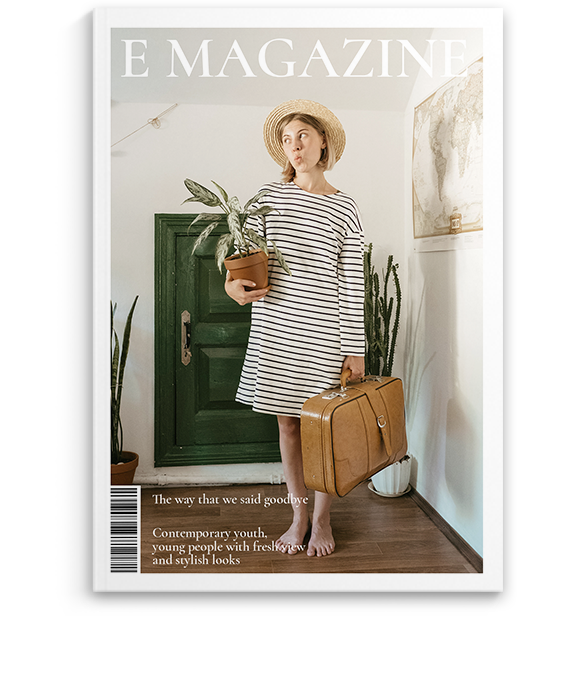
The Cesendello: a light in the Venetian Renaissance
Symbol of Light and Purity
In addition to their practical role of illumination, cesendelli had a profound symbolic meaning. In churches, these lamps were often placed in front of icons of the Virgin Mary or suspended above altars, representing the divine light that guides souls to eternal life.
The crystalline glass with which they were made, the pride of Murano masters, was not only an expression of luxury but also of purity.. The transparency of the glass alluded to the virginity of Mary and to the spiritual light that illuminates the darkness.


An evolution in forms
Through the representations of cesendelli in Renaissance painting, we can follow the evolution of their forms during the 15th century. From simple, richly mounted glass lamps, they evolve into increasingly elongated and cylindrical bodies, suspended by chains and surmounted by domes to protect ceilings from smoke.
Artists such as Giovanni Bellini, Marco Marziale, and Vittore Carpaccio give us detailed representations of these objects, showing us how they were used in the interiors of Venetian churches. Often placed in prominent positions, cesendelli also served as votive offerings, commissioned for special occasions.
Between East and West
The use of suspended glass lamps has its roots in the Near East,from where it spread to Europe through commercial and cultural contacts. Venice, a crossroads between East and West, played a key role in this exchange.
Fascinating is the presence, in many paintings, of an ostrich egg hanging from the cord above the lamp. This element, derived from use in Eastern mosques and synagogues, assumed multiple symbolic meanings: creation, resurrection, virgin birth. An intertwining of cultures and traditions that merged into the refined art of Murano glass.

A Legacy of Light and Beauty
Today, the rare surviving cesendelli are silent witnesses to an era when Venetian glassmaking art reached heights of unparalleled mastery. These objects, which once illuminated churches and homes, continue to shine with their own light, reflecting the creative genius and spirituality of a golden age.
Admiring a cesendello, we cannot help but be enchanted by its fragile beauty, imagining the warm and soft light it diffused in the sacred and profane spaces of the Venetian Renaissance. A light that, like the flame of a firefly, continues to shine through the centuries, illuminating our understanding and appreciation for this ancient and marvelous art.
